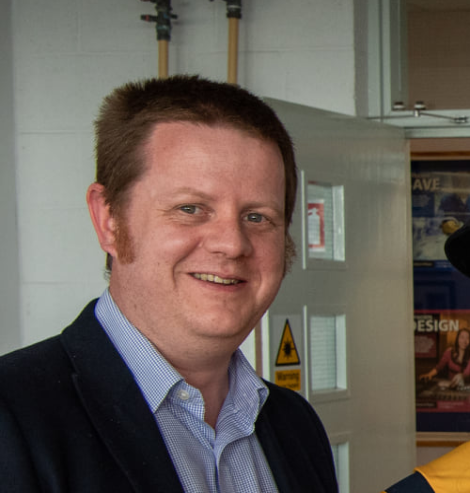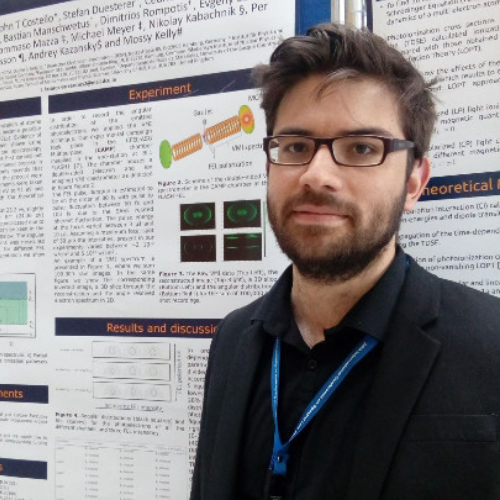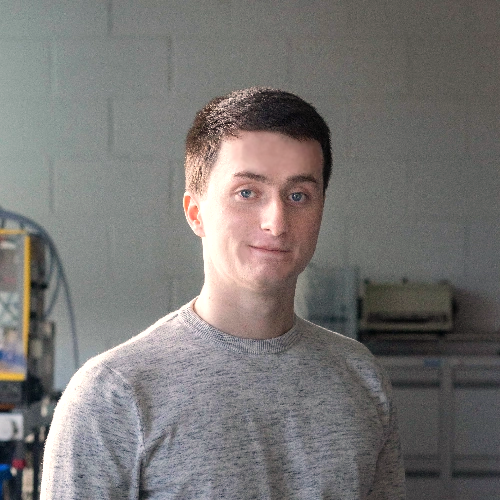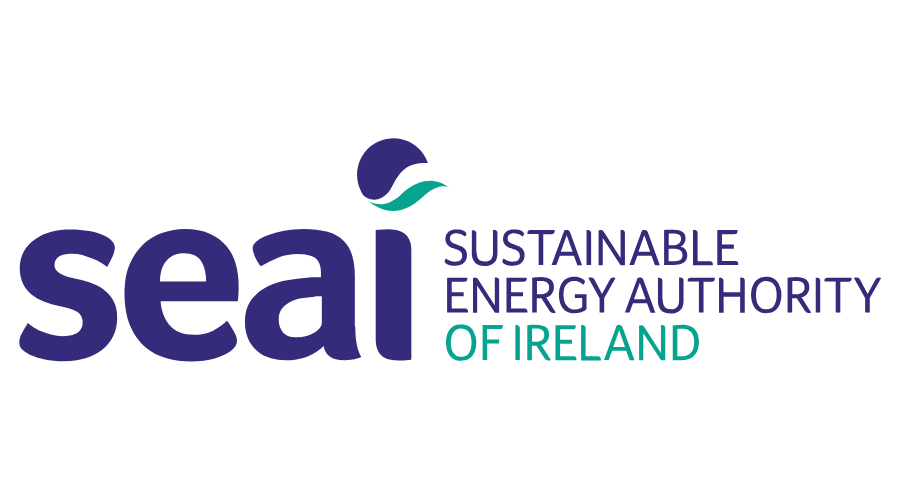About the
Project
On the 23rd of December 2019 it was announced that Professor John T Costello and his research group had successfully secured funding from the SEAI & ESB for a project titled Laser Ablation for Wind Turbine Blade Contaminant Classification, Quantification and Removal, this funding is part of the Government's €11m investment in cutting edge research relating to Communications, Climate Action and Environment. The duration of the project is 48 months (4 Years) and officially began in January of 2020, the project is currently in Year 3 Q2. Find out more about the project at the link below

DCU project for laser cleaning of wind turbines receives SEAI funding
The Problem
Overtime wind turbines experience Fouling, Fouling is described as the accumulation of unwanted materials on solid surfaces, consisting of either living organisms or a non-living substance. In the case of wind turbines this fouling process can have disastrous effects on the overall performance of the wind turbine in collecting wind energy efficiently. Some estimates claim that the fouling process could reduce the efficiency of a wind turbine by up to 40%! This is a problem because we don't currently know exactly what kind of materials contribute to the fouling process when it comes to wind turbines and also the current method for cleaning wind turbines is expensive and time consuming requiring potentially hazardous cleaning materials and a substantial amount of time where the turbines have to be powered off. Companies who are responsible for maintaining the health of wind turbines in the production of electricity are in need of a new, cost and time efficient method of cleaning wind turbines while also requiring more information about what contributes to the fouling process to begin with.
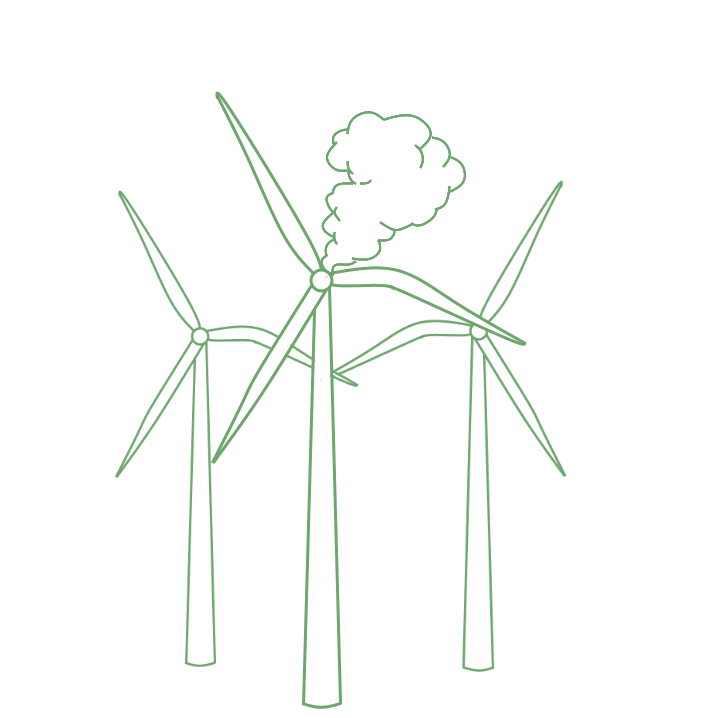
Our future
Solution
We believe that we can harness the powerful ablation properties of lasers to easily and accurately target the surface contaminants that cover wind turbine blades over time. Using a focused laser beam to irradiate the contamination allows us to effectively destroy unwanted dirt while leaving the turbine blade material perfectly in-tact, this ablation process will also produce a plasma which gives off light that can be broken up into its component wavelengths and give us more insights into what elements the contaminants are made of using spectroscopy, this is the Classification and Quantification part of the project. This method would revolutionise the process of cleaning wind turbine blades and would be extremely easy and cost efficient, if adopted we should see a dramatic improvement in the efficiency of wind turbines over the course of their lifetime. The classification and quantification of surface contaminants also opens the door for further research which could provide insight into future designs of wind turbines and potentially prevent the fouling process from being the problem it is today.
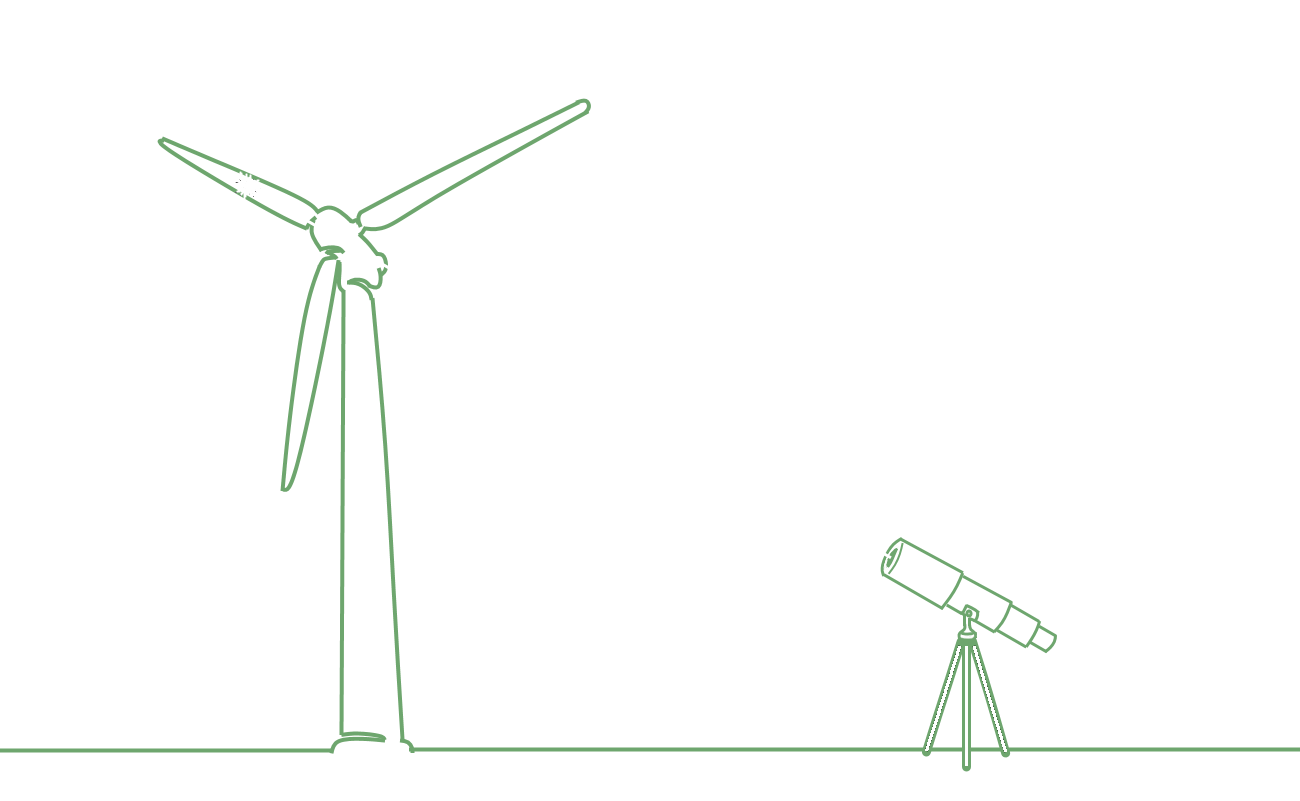
Meet the Team
This project is a collaboration between researchers at DCU & UCD, the team includes two principal investigators, one postdoctoral researcher and three PhD students.
Our Collaborators
Contact Us
Office Number
Location
NCPST
Dublin City University, Collins Ave, Whitehall, D9
Email Address
Website Designed by Jamie Somers

